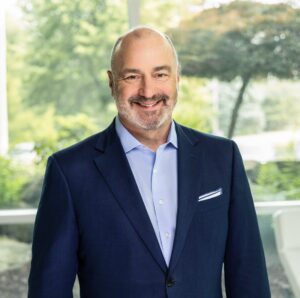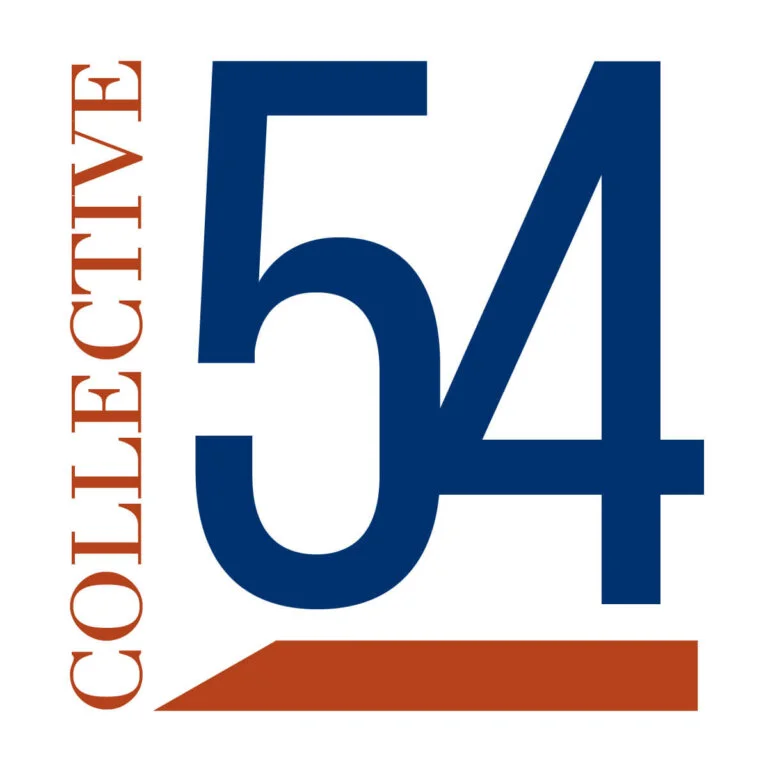|
Getting your Trinity Audio player ready... |
Building a Target Operating Model: Begin with the End in Mind

The mission of Collective 54 is to help us founders grow, scale, and exit their boutique professional services firm. We are all on various points in that journey experiencing all of the same elation and frustrations that are part of the territory. I have recently become more focused on the exit that I will, in part, define the culmination of that journey.
Yet, each year presents a different and wide range of challenges from the business environment, my team, our clients, and the evolving business itself. Each of these challenges is a unique problem to be solved. We often solve them as they arise, ad hoc, to continue letting the journey unfold. I was looking for a way to envision the future state of the business that was more consistent and stable overtime: How should it perform, how it should we operate, regardless of the natural buffeting that occurs.
Taking a page from Stephen Covey’s book The 7 Habits of Highly Successful People, Habit #2 is: Begin with the end in mind. So, I thought long and hard about that…
In our operations consulting, something we do for our clients is help them develop a Target Operating Model (TOM). A TOM defines a desired future state of a business and then breaks it down into all the things that it must happen to achieve that future state: people, processes, people systems, metrics, yields conversion rates, etc. The beauty of a TOM is that you can model anything you want as a future state. We chose financial outcomes, but one can get very creative here.
So, what end do I have in mind? As a C54 boutique founder, I naturally began to envision a target exit value. Less is NOT more on exit value, but I chose a target what I thought was aggressive but doable in my 3-5 year exit timeframe.
A Target Operating Model, somewhat like a decision tree with your desired outcome on the left side and the branches coming out of it explaining what needs to be true to achieve that outcome.
We started with a simplified, P&L: revenue, gross profit, SG&A and EBITDA. Then we added more detail to build up what it would take to achieve each of those line items in the P&L. Let’s start with revenue…
We identified an overall revenue goal and broke it down by Partner. How much revenue should each produce? We call this Partner Productivity and is an essential input to the model and our individual performance plans. We then set a target daily rate for the work we were selling, which would allow us to calculate approximately how many resources were needed to deliver that revenue. This helps drive our staffing a recruiting plan. Even though we don’t price on a time and material basis, this target daily rate was useful in determining how to budget and whether we were earning a premium value in the marketplace.
One of the more challenging parts of our model was delivery cost. We have a hybrid model with a mix of both employees and contractors. Based on the number of FTEs, implied by the revenue targets, we broke down what staffing mix and utilization was needed to generate our target Gross Margins while managing the unutilized time and staffing risk inherent in most professional services firms. Since employees and contractors have a different average cost to us, the model helps us target our delivery cost more accurately.
Once we had revenue and delivery cost nailed down, we had a gross profit we could use to fund the SG&A infrastructure we built to help us scale the business by 2-3x in the next 3-5 years. SG&A was the most complicated part of the model because it has so many fixed, variable, and semi-variable components from staff compensation to commissions to overhead, etc. I won’t go into the details here. Suffice it to say it gave us a very clear eye on how we needed to perform financially to support the infrastructure we built.
Once the Target Operating Model was built, we ran some historic financial data through it to validate the model. It turned out to be very accurate.
We now have a very powerful tool that we use to compare our current performance to our target. It clearly shows not only where we are hitting or missing the mark, but why. And it helps us focus further on what changes we need to make to sustainably improve performance. The model highlights what are the most important things to do versus the most urgent. Now that I think about it, that is Habit #3. Thank you, Mr. Covey!
